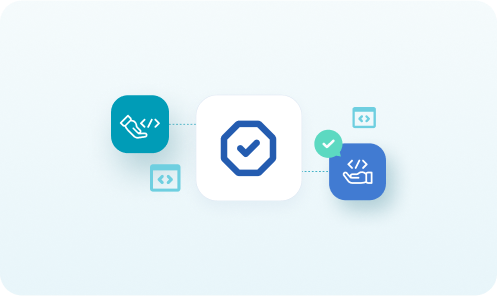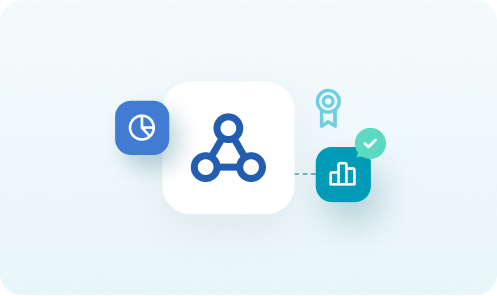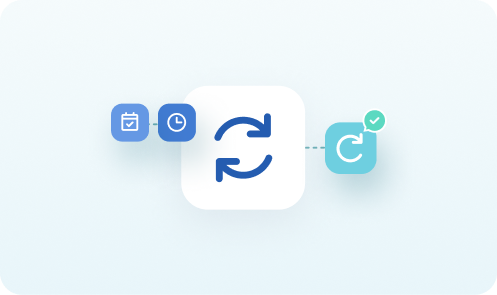


The DORA Regulation Explained
What Is DORA?
The Digital Operational Resilience Act (DORA) introduces a complete framework for managing technology risks in the EU financial sector. It sets strict standards for financial institutions and their critical ICT service providers to strengthen these entities’ resilience against operational disruptions—and to keep the EU’s financial system stable in our volatile but very connected digital world.

Who Needs to Comply With DORA?
If you’re part of the EU financial sector, DORA likely applies to you. This includes:
Banks and Credit Institutions
Financial Market Infrastructures (e.g., stock exchanges, clearinghouses)
Investment Firms
Insurance Companies
Payment and Electronic Money Institutions
Crypto-Asset Service Providers
ICT Third-Party Service Providers
6 Key DORA Requirements
DORA requires the following from financial institutions to strengthen their digital resilience and meet regulatory standards:

ICT risk management
Implement frameworks to identify, assess, and mitigate risks.

Incident reporting
Establish protocols for swift reporting of major ICT incidents.

Resilience testing
Conduct regular vulnerability assessments and penetration tests.

Third-party risk management
Monitor and manage ICT provider risks.

Information sharing
Exchange cyber threat intelligence to boost collective resilience.

Operational continuity
Develop thorough plans on how to operate during and recover from disruptions.
How to Prepare for DORA Compliance
Use this action plan to ensure your institution is fully DORA-compliant by the deadline:
1Evaluate ICT risk management, incident response, and third-party dependencies. Also, review resilience testing procedures against DORA requirements.
2Enhance ICT risk identification, classification, and mitigation strategies and integrate this framework across all operational areas.
3Refine your reporting processes for timely authority communication. Establish early warning protocols for ICT incidents, too.
4Conduct regular vulnerability assessments and penetration tests. Adjust testing based on your institution's size and criticality.
5Classify ICT service providers by risk level and update contracts to include DORA compliance requirements.
6Roll out cybersecurity awareness programs for all employees. And provide specialized training for IT and security teams.
7Implement tools to track DORA compliance. Regularly update policies based on new threats and test results.
How Codekeeper Supports Your DORA Compliance Efforts
The pressure to fortify digital operations is intense. Consider the stakes: Your critical software vendor suddenly goes bankrupt. Or a cyberattack compromises your cloud applications. These are the kinds of risks DORA is pushing you to prepare for. It’s a tall order—especially when you’re already juggling day-to-day operations.
Here’s how Codekeeper can help:
.png)
ICT Risk Management
Our escrow services act like a safety deposit box for your critical code and data.
We’ll work with you to create and test disaster recovery plans so you’re prepared for the unexpected.
Resilience Testing
We’ll help you regularly stress-test your IT infrastructure to spot vulnerabilities before they become problems.


Third-Party Risk Management
Our SaaS escrow protects your cloud applications if vendors fail.
Our software escrow safeguards traditionally licensed software.
Operational Continuity
We provide quick system restoration after disruptions.
Our SaaS escrow keeps cloud apps running despite vendor issues.


Prepare for DORA by 2025: Get Your Guide
Our comprehensive resource simplifies DORA compliance. It can help you avoid penalties and strengthen your cybersecurity. Download the guide now to prepare for 2025 and beyond.
Get your free ebook now!

“Ransomware and other cyber threats have preyed on Europe for far too long. We need to act to make our businesses, governments, and society more resilient to hostile cyber operations”
– lead MEP Bart Groothuis
NIS2 vs. DORA: Key Differences and How They Affect You
This infographic breaks down the key differences and similarities between NIS2 and DORA. You can use it to identify your regulatory obligations and plan your compliance strategy.

Both regulations aim to strengthen Europe's digital defenses. Understand your obligations and act now.
DORA
-
Why is DORA necessary?
- DORA is necessary to address the increased risk of cyberattacks in the financial sector. It aims to ensure that the financial industry can maintain operational resilience despite ICT disruptions and threats.
-
What are the five pillars of the DORA regulation?
- The five pillars of DORA include ICT risk management, incident reporting, resilience testing, third-party risk management, and information sharing.
-
How does DORA differ from GDPR?
- DORA focuses on the financial sector's digital resilience, while GDPR protects the privacy and security of personal data held by organizations.
-
Who is excluded from DORA?
- DORA typically doesn’t apply to non-financial entities and small/micro enterprises—unless they're critical to the financial stability of the European Union.
-
What are the penalties for non-compliance with DORA?
- Non-compliance with DORA can result in fines of up to 1% of the ICT service provider's average daily worldwide turnover, depending on the severity and duration of the infringement.


Codekeeper's Customized Compliance Solutions for Your Business
We understand that compliance isn’t one-size-fits-all. That’s why we offer:

- Needs assessments: We evaluate your IT infrastructure, risk profile, and vendor networks to identify compliance gaps.
- Scalable disaster recovery: Our solutions adapt to your specific recovery objectives.
- Customized escrow agreements: We tailor escrow agreements to address supply chain security and vendor oversight requirements.
- Ongoing support: Our team is available 24/7 and can guide you as regulations evolve.



